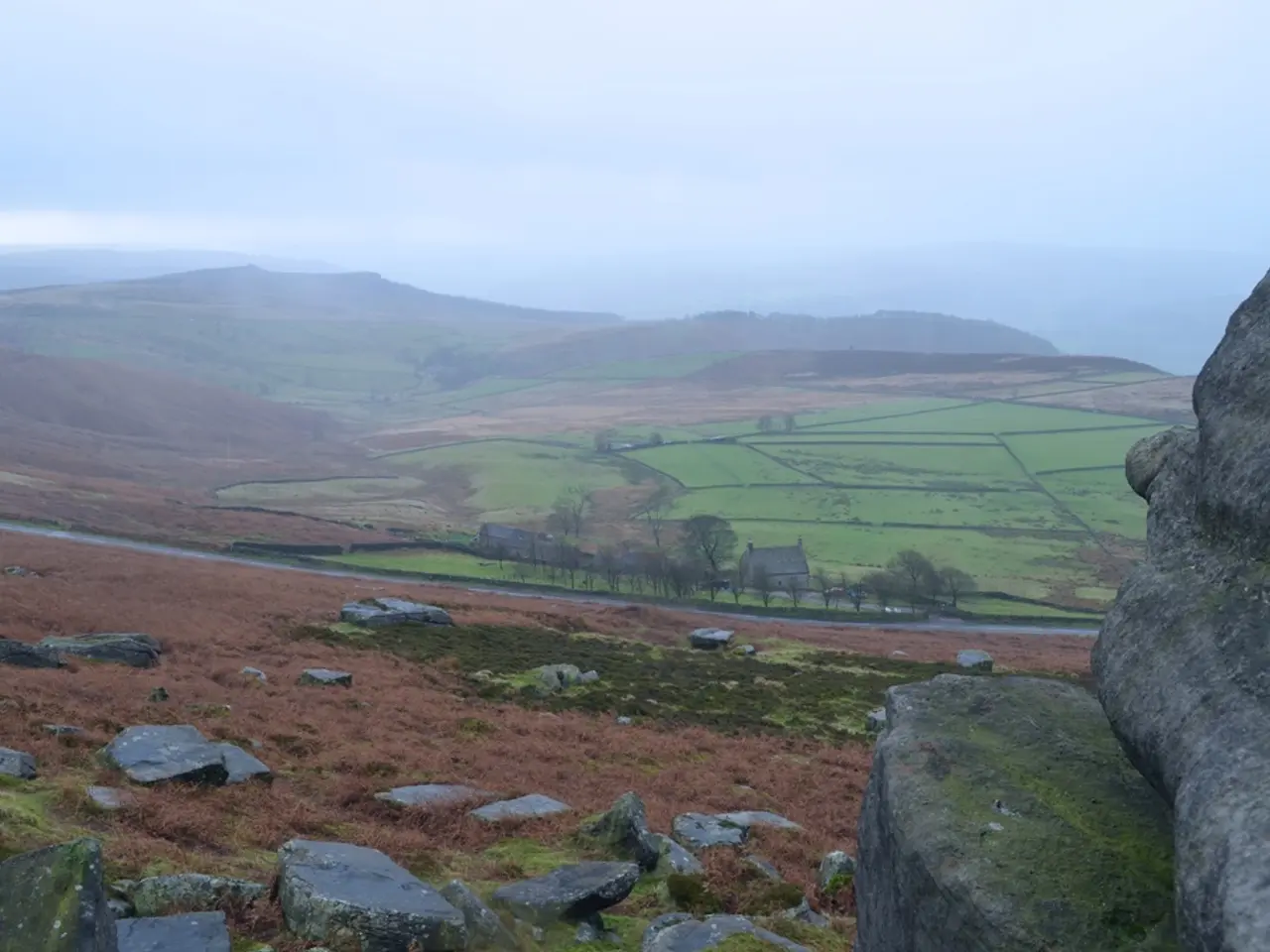Coastal region of India, specifically focusing on the state of Goa.
In the vibrant Indian state of Goa, known for its sun-soaked beaches and Portuguese colonial charm, a growing concern is the impact of unchecked development on the region's natural and cultural assets.
The current environmental concerns in Goa are multi-faceted. Illegal destruction of mangroves and filling of riverbanks, as seen at sites like the Curchorem sewage plant under construction, are violating Coastal Regulation Zone norms and damaging sensitive ecosystems such as the Zuari River basin. Unchecked mining activities are also threatening ecologically important forests, sacred groves, and wildlife corridors, like those in the Surla Plateau region.
The surge of tourism has led to increased garbage, disturbance to wildlife, and overcrowded natural areas, affecting sustainability in Goa's hinterlands. Pollution, overbuilding, and drug abuse are other pressing issues that the state is grappling with.
Culturally, the uncontrolled tourism development has contributed to issues such as public nuisance activities at tourist locations, like unauthorized hawking, consumption of alcohol in prohibited areas, littering, and illegal operation of water sports. These behaviors often degrade the cultural environment and detract from Goa's historical ambiance, with its unique style of colonial architecture in towns and cities.
The hotels in Goa primarily cater to European charter tourism focused on cheap, all-inclusive resorts. This surge in tourism has compromised Goa's natural and historical heritage by straining local infrastructure, polluting natural sites, and pressuring fragile ecosystems. Environmental degradation, such as mangrove loss and riverbank alteration, threatens the natural heritage vital for ecological balance and local livelihoods.
Simultaneously, cultural degradation occurs due to insensitive tourist behavior and insufficient governance. This has prompted the government to adopt stricter laws to manage tourism's impact and safeguard visitor experiences. The need for sustainable management is critical to protect Goa's unique environmental and cultural assets from ongoing harm caused by unchecked tourism and associated development pressures.
Goa, once a Portuguese colony, continues to retain its colonial charm, with its towns and cities boasting a unique style of architecture. However, the state's reputation as a sun-and-sand hedonism destination is under threat due to the growing environmental and cultural concerns. The challenge ahead lies in striking a balance between preserving Goa's rich heritage and promoting sustainable tourism that benefits both the local community and visitors.
- The environmental concerns in Goa extend beyond just the natural landscape, with issues like wildlife disturbance, garbage pollution, and damage to sacred groves and wildlife corridors causing significant harm.
- In addition to environmental degradation, cultural heritage is also at risk in Goa, due to factors such as public nuisance activities, unauthorized hawking, and illegal operation of water sports, which often degrade the cultural environment and detract from Goa's historical ambiance.
- To address these challenges, the Goan government has implemented stricter laws to manage tourism's impact and safeguard both visitor experiences and Goa's unique environmental and cultural assets.
- As a solution, sustainable management is critical to maintain a balance between preserving Goa's rich heritage and promoting tourism that benefits both the local community and visitors, while ensuring the protection of Goa's vibrant cultural heritage and environment.




